This post may contain affiliate links. That means if you click on a link and make a purchase, I may make a small commission at no additional cost to you. Thank you for your support!
I’ve dreamed of visiting Africa for many years. I want to hike to the top of Mt. Kilimanjaro, see lions, zebras, and rhinos on safari, and look out over the Great Rift Valley. Visions of “Out Of Africa” fill my imagination, and every once in a while I hear Karen Blixen whisper in my head, “I had a farm in Africa at the foot of the Ngong Hills.”
Kenya, tucked away on the Eastern coast of Africa, and bordered by Somalia, Ethiopia, Uganda, and Tanzania, is my dream African vacation! It is home to cosmopolitan cities and lion-filled wilderness areas, white sandy beaches, and jagged mountains (Not Mt. Kilimanjaro, although it IS just south of the border. Kenya has its own beautiful mountains to explore.), world-class golfing, epic safaris, even camel derby racing, and of course, lots of amazing food.
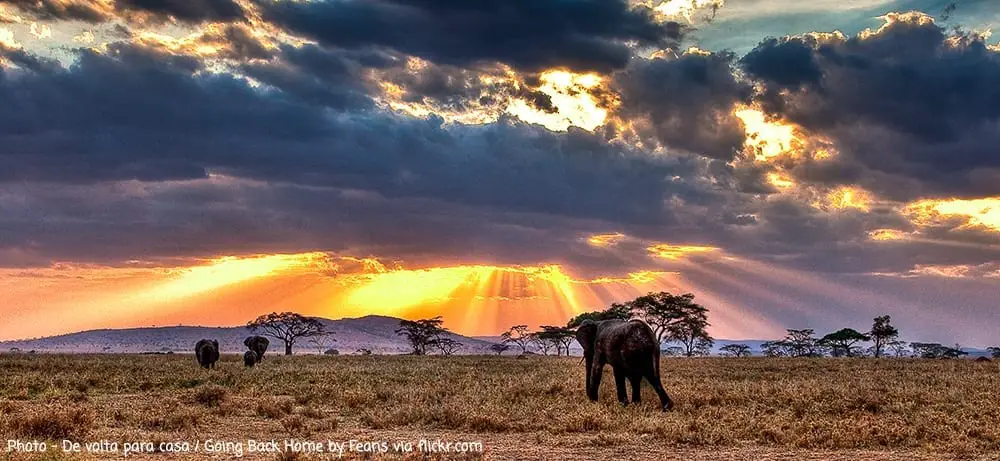
To learn a little more about Kenyan food and culture, I reached out to my friend, fellow Food Revolution Ambassador, and East Africa native, Sandra Iminza Mukidza, to share with us her perspective on this exotic land.
What role did food have for you as you were growing up?
Each time I would visit my paternal and maternal grandparents upcountry, I remember watching them spend their entire day speaking in the language of food.
A typical day for them would be:
- Wake up and prepare breakfast, ensuring everyone in the homestead has had something to eat.
- Go to the ‘Shamba’ and pick out whatever they require for lunch preparations and is available in the garden.
- Prepare lunch and again ensure everyone in the ‘boma’ has had something to eat including the workers who tend to the cows and the garden.
- Prepare 4:00 tea for the grand children.
- Then start worrying about what to prepare for dinner.
Growing up in Kenya ‘Ugali’ and ‘Sukuma wiki’ were never missed from the weekly menu, whether it’s at my mother’s house, my grandmother’s house or even my friend’s house. These are dishes prepared by all the ethnic groups within the Kenyan scene. These two items are commonly served with stews; chicken, beef or fish stew depending on what’s readily available in the region one comes from. However, different regions in the country have their own signature dishes – for instance, Mombasa has ‘Pilau’.
Is food important to the Kenyan culture in general?
The Kenyan culture deems it to be quite rude when a visitor leaves the house while a meal is in the process of being prepared or when a visitor is welcomed to sit down and have dinner with the host family and declines. Eating together presents an opportunity to strengthen relationships among family members as well as friends, and for mothers to express their love to their families as well as pass down their culture with regards to food by teaching their children the food preparation and cooking techniques that were passed down to them.
What flavors do you think define food from your area?
It’s safe to say that majority of households in Nairobi use a lot of red onions, tomatoes, green peppers and coriander in their cooking.
Spices like “Royco” and curry powder are also very common when preparing many dishes.
(Note from Julie – Royco is a popular flavoring mix of beef bouillon and spices. It is available to purchase from online shops like Amazon but contains the rather mysterious ingredient “flavor enhancers” – most likely MSG, and food coloring. To achieve a similar flavor without the additives, many websites recommend using a combination of natural beef bouillon, cumin, coriander, and turmeric. You could also substitute veggie bouillon or simply omit to keep it vegetarian.)
Tell us a bit about Kenya and its capital, Nairobi
Nairobi, meaning the “place of cool waters”, is the capital of Kenya. It is also popularly known as the green city in the sun.
Kenya is made up of 42 indigenous tribes each with very beautiful unique lifestyles.
The people of Nairobi have a very distinct love for life which can be discerned from the events that happen within the city; food festivals, exhibitions and expos, as well as music concerts and festivals, drama and film festivals.
What restaurants would you recommend to visitors of Nairobi?
- Carnivore Restaurant is very popular for the “nyama choma”, barbecued meats from domesticated animals, as well as wildlife such as ostrich.
- Talisman restaurant, serves a fusion of African, Thai, and European dishes.
- Peppers restaurant offers very good oriental dishes that are quite affordable, with great ambiance, too.
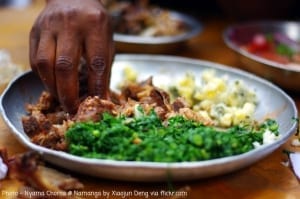
What is a typical Kenyan menu?
Typical menu items include:
- Chapati (a flatbread made out of flour)
- Ugali (made out of corn flour, similar to polenta) – grab the recipe HERE
- Kunde (A traditional vegetable, similar to black eyed peas)
- Terere (A traditional vegetable, greens from the amaranth plant)
- Chicken Stew
- Dry fried turkey meat
- Beef stew or curry – grab the recipe HERE
- Dessert is not always part of the meal, but if available it’s normally a platter of the fruits that are in season.
- Tea, mixed or black is a must have after dinner in my culture.
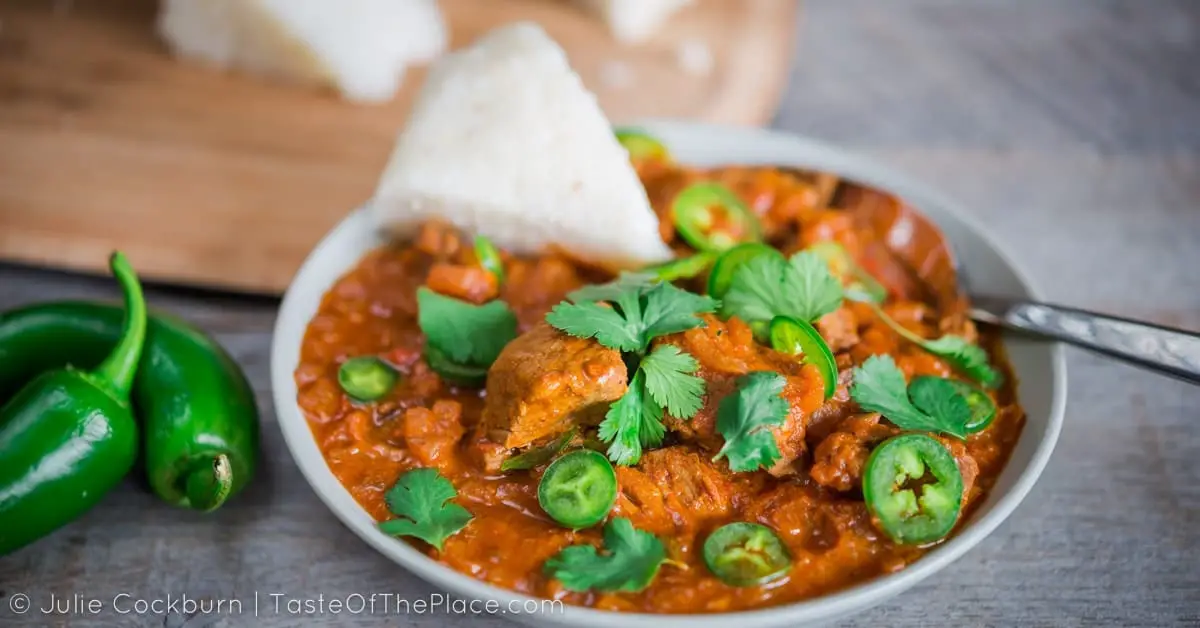

I am an amateur chef, a food stylist with a hospitality background, and a Jamie Oliver Food Revolution Super Ambassador.
I discovered on my quest to find inner peace, that cooking has a more virtuous purpose than just the appeasement of one’s craving.
I realized that being in the kitchen always made me feel unflustered. I have now turned my kitchen into my own little playground where I test and recreate my grandmothers’ traditional recipes.
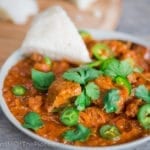
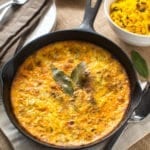
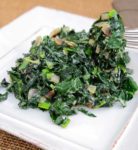
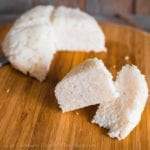
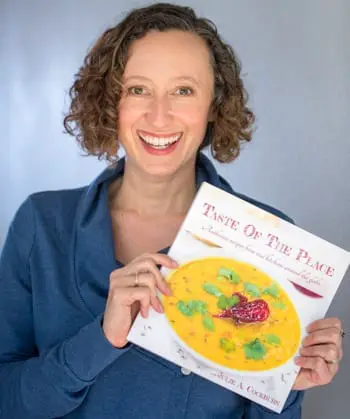





Leave a Reply